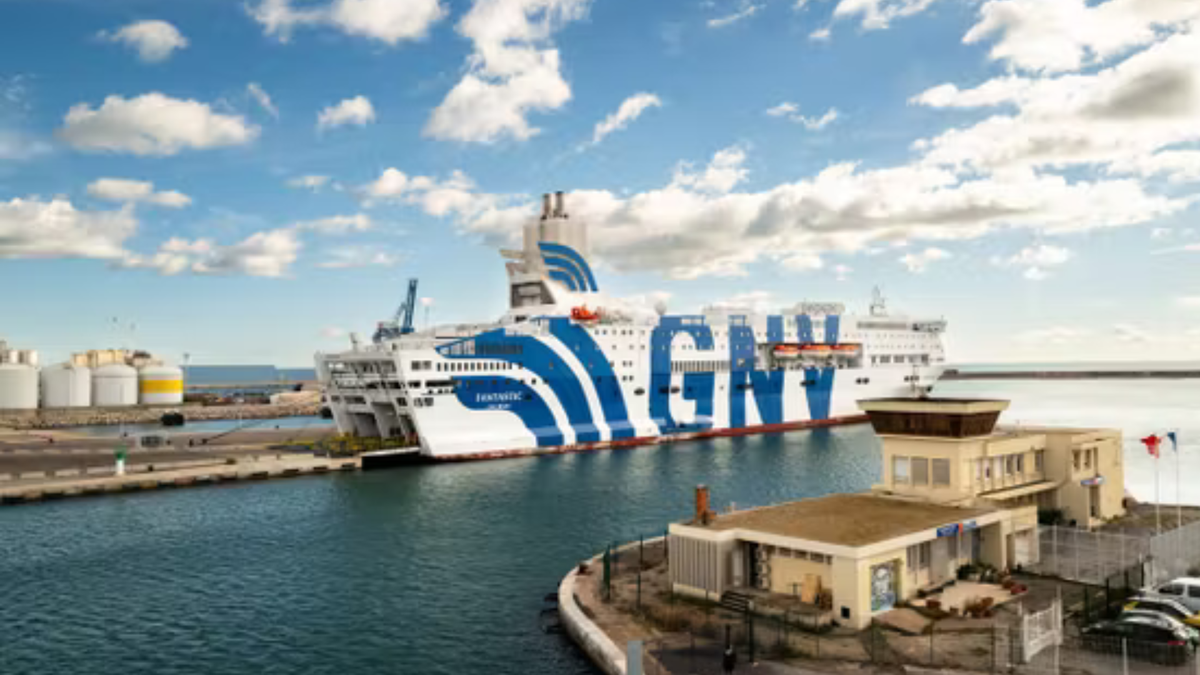One of the strongest earthquakes in recorded history struck off the coast of Russia on Tuesday, July 29, triggering a tsunami that sent waves into Japan, Hawaii, and the U.S. west coast.
The magnitude 8.8 earthquake hit offshore of the Kamchatka Peninsula in Russia’s far east on the evening of Tuesday, July 29, at a depth of about 13 miles (21 kilometers), according to the U.S. Geological Survey (USGS). The epicenter was located roughly 74 miles (120 kilometers) west-northwest of the city of Petropavlovsk-Kamchatsky, home to nearly 200,000 people.
The powerful quake triggered tsunami warnings and advisories for a wide swath of the Pacific, including Alaska, Hawaii, the U.S. West Coast, and as far south as New Zealand, though warnings were being downgraded in most areas Wednesday morning, the Associated Press reports. As of 8:30 a.m. ET Wednesday, several tsunami advisories remained in place along the West Coast, including in parts of Alaska, Oregon, and California due to the potential for aftershocks, according to the U.S. Tsunami Warning System.
Danila Chebrov, director of the Kamchatka Branch of the Geophysical Service, told Reuters that high-intensity aftershocks are currently ongoing. The regional branch of Russia’s Emergency Ministry said scientists expect aftershocks as powerful as magnitude 7.5, the AP reports.
In Kamchatka, officials recorded a tsunami height of 10 to 13 feet (3 to 4 meters), according to the AP. Some building damage and evacuations were reported in areas closest to the quake’s epicenter, and several people were injured. Much of Japan’s eastern seaboard, which was devastated by a magnitude 9.0 earthquake and tsunami in 2011, was ordered to evacuate, Reuters reports. Officials said waves over 4 feet (1.2 meters) high hit the islands of Honshu and Hokkaido, but no deaths or significant damages have been reported, according to NBC News. Japan’s warnings have since been downgraded.
No tsunami damages or injuries had been reported in the U.S. as of 9:45 a.m. ET Wednesday, July 30. Following the mainshock, Hawaii braced to take the brunt of the tsunami impact and issued evacuation orders, but the tsunami warning was downgraded to an advisory after the first waves reached Kauai around 7:30 p.m. local time, the Washington Post reports. Tsunami waves nearly 6 feet (1.8 meters) high barreled into Kahului, Maui, following the quake, according to NBC News. Waves were as high as 5 feet (1.5 meters) in Hilo, 4 feet (1.2 meters) in Hanalei, and 1 foot (0.3 meters) in Honolulu, NBC reports. During a Tuesday evening press conference, state officials said there were reports of flooding on the Big Island but no reports of widespread damage.
In California, Crescent City recorded wave heights of nearly 4 feet (1.2 meters), while other coastal cities reported more modest waves ranging from half a foot to just over 1 foot (0.1 meters to 0.3 meters), according to the Los Angeles Times. The National Weather Service (NWS) warned late Tuesday that waves could continue to impact the California coast for 10 to 36 hours.
Tuesday’s earthquake occurred near the Kuril-Kamchatka Arc, one of the most seismically active regions in the world. It stretches roughly 1,300 miles (21,00 kilometers) from Hokkaido, Japan to its intersection with the Aleutian arc south of the Commander Islands in Russia, according to the USGS. The Kuril-Kamchatka Arc marks the region where the Pacific tectonic plate subducts, or slides beneath, the Okhotsk microplate. As these plates move against each other, the buildup and subsequent release of stress generates earthquakes.
This is an ongoing story that will be updated with new information, so please check back.









 English (US) ·
English (US) ·